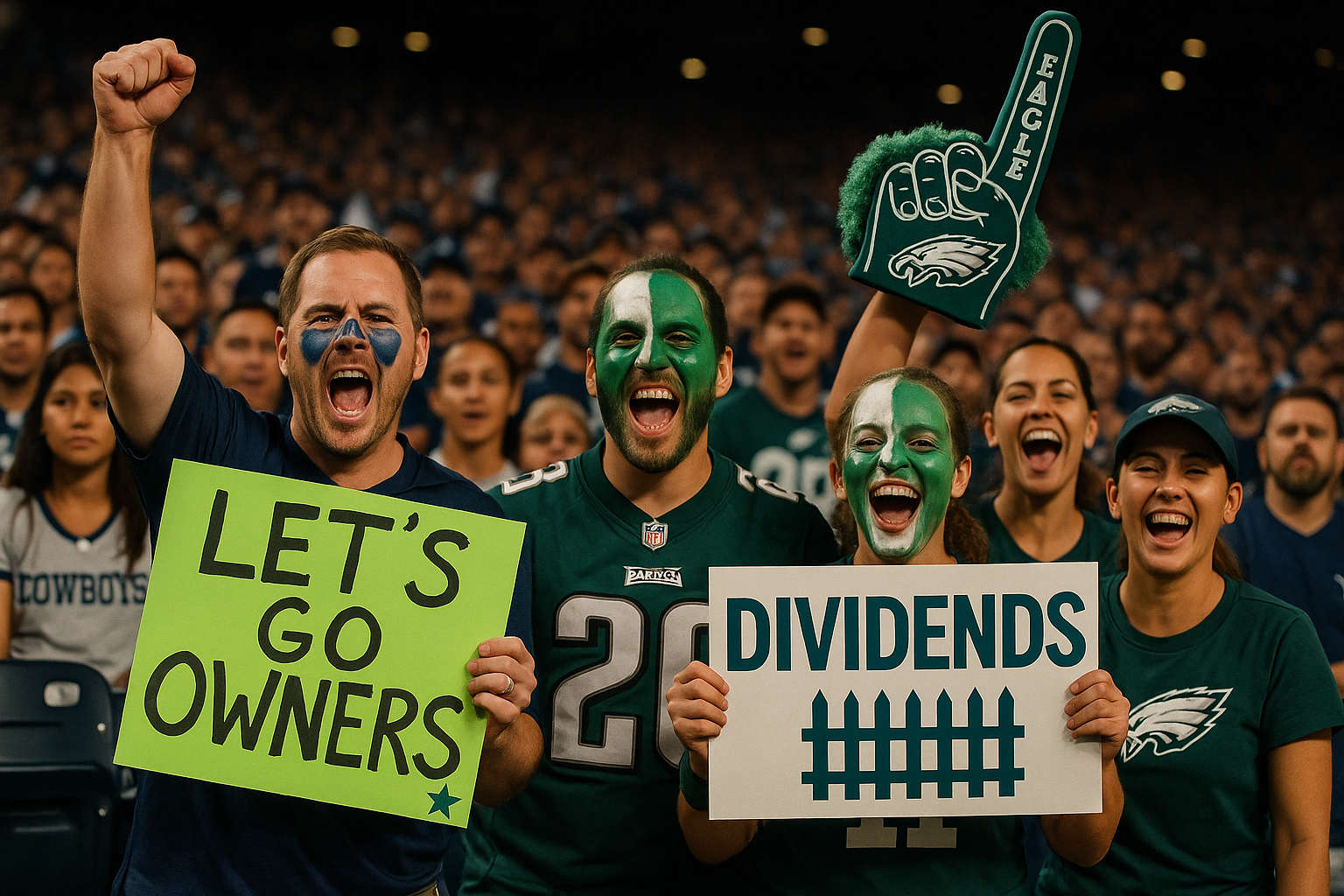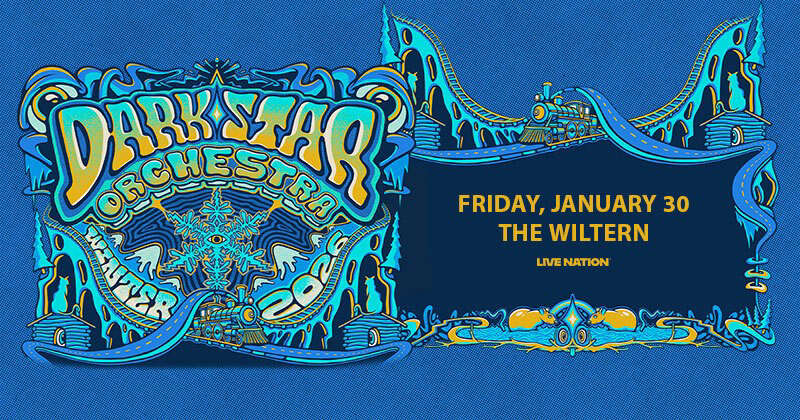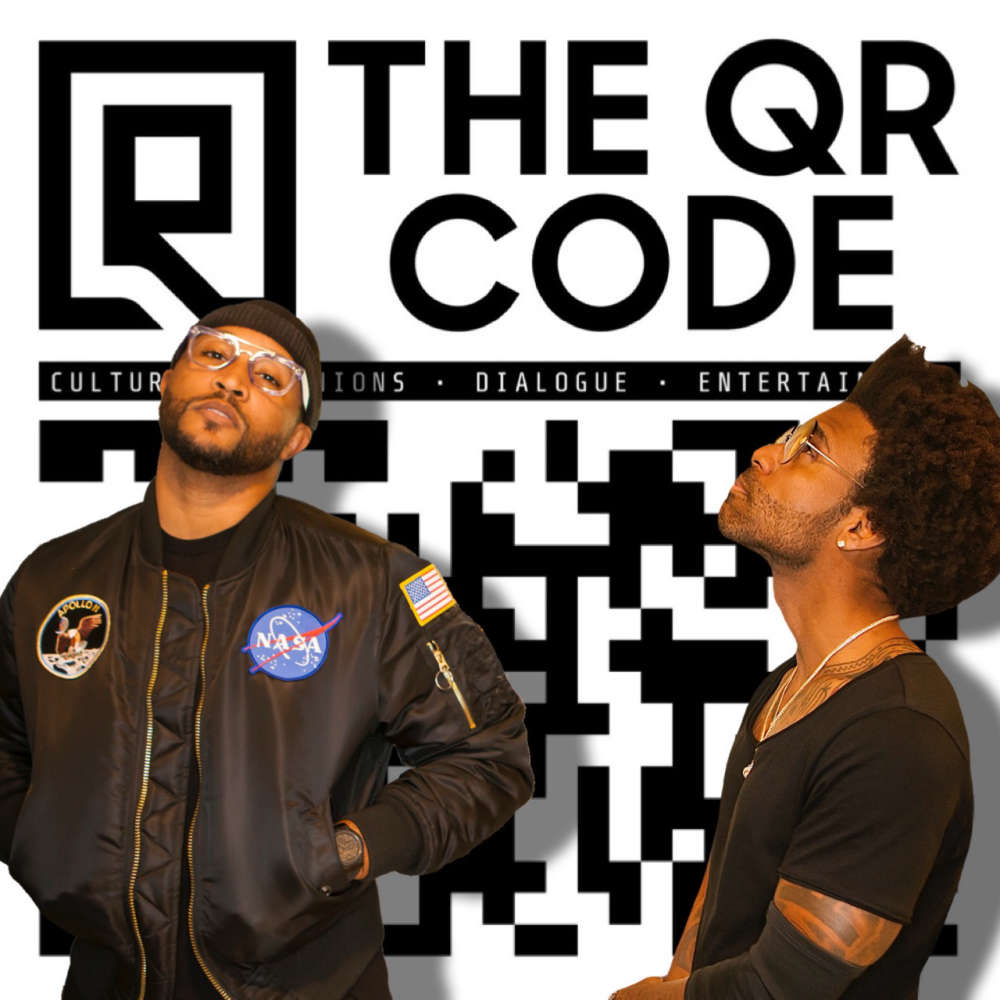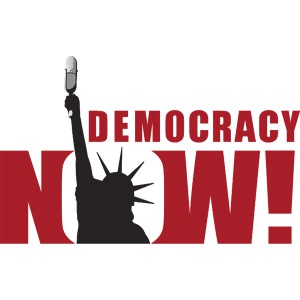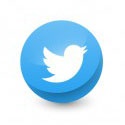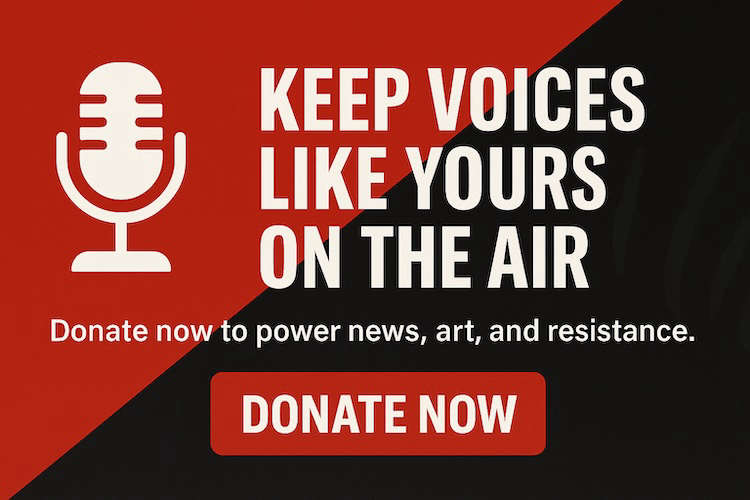I’ve spent more Super Bowl Sundays than I can count standing at the back of the room, trying to figure out what the hell I was missing. Every Thanksgiving, every long weekend, every "American ritual" came with a side of football. Loud, expected, and everywhere. It was just assumed: the game would be on, and we would care. But I didn’t. Not until, briefly, I almost did.
When my dad worked with the LA Clippers during the "Lob City" era, I went to a lot of games. Chris Paul, Blake Griffin, DeAndre Jordan. The team had a specific energy involving swagger and chaos. For a minute, it made sense. I started to recognize the players, pay attention to the stats, and follow the storylines. I actually started to believe in "my team." More than that, I could finally connect with friends and family in a language I’d always been shut out of. I could talk about trades and share that "inside-baseball" energy. For once, I wasn’t on the edge. I was in.
Then they were gone. A string of trades, ownership drama, and front-office shakeups wiped the roster clean. The team was reshuffled into something unrecognizable. It felt cheap, like a magic trick you weren't supposed to see from the side. New floors, different walls, no trace of what once mattered. It hit hard. I’d finally started to buy in, and the whole thing turned out to be paper-thin. I wasn’t watching a "culture." I was watching a business doing business.
That moment stuck with me. The more I look at how culture is packaged and sold, the more that Clippers era makes sense. Especially now, as I watch the country drift toward something colder. I am watching ritual become spectacle and meaning turn into merchandise. Sports is one of the last mass rituals we have. For men especially, who are often taught not to grieve or cry, sports is the one safe zone. You can scream, sob, or hug a stranger and call it passion. (Though in my house, my mom was usually the loudest one yelling at the screen). A win feels like redemption and a loss feels personal. But peel back the surface and it’s just commerce.
Everything is for sale. Even the pauses are monetized: “This Home Depot halftime report is brought to you by Samsung, here at the Smoothie King Center.” It’s absurd. Every beat of silence is sold off. You’re never allowed to forget who owns the moment or what they want you to buy. Like reality TV, it simulates intimacy. You follow the lives and pick villains, but at the end of the day, it belongs to someone else. We don’t really ask what we’re getting out of this. Sports gives us the performance of connection and purpose, but not the real versions. It scratches the itch just enough that we stop looking elsewhere. When your favorite player gets traded or benched for being a "PR liability," you’re reminded: this whole thing is conditional.
It wasn’t always this polished. Sports used to come from the dirt through working-class energy, streetball, and union leagues. Athletes weren’t "brands." They were people with real stakes. Muhammad Ali lost his title and his prime years because he refused to fight in a war he didn't believe in. Billie Jean King went to war with the tennis establishment for equal pay. These weren’t endorsements. They were risks. These people had everything to lose, and they were still close enough to the people in the cheap seats to speak for them. Now, players are assets. Teams are portfolio holdings. Fans are treated like a permanent subscription with no refunds. We see billionaires standing cage-side at UFC fights while athletes get bloodied for $50k, yet WNBA players are called "greedy" for wanting more than 9% of league revenue. The market doesn't want truth; it wants predictability. It wants bland, apolitical content that can be licensed and packaged.
You can still find the real stuff if you know where to look. You see it in WNBA players walking out during the anthem. These are women who don’t just play with less spotlight, but live with less of a cushion. When you have less to lose, you’re freer to speak the truth. You see it in fans organizing to stop ticket hikes, or in local leagues run by and for the community. You see it in pick-up games at the park, where nothing is for sale and everything is earned. Beneath the ads, the spark is stubborn.
This isn’t really about sports. It’s about what we do with our attention. It’s about how power uses spectacle to distract and divide. For a second, I thought I’d found something worth rooting for. I got to feel what it was like to belong. And even though I "saw the wires," I don't think it was worthless. There is something real in the way people love this. The joy and the heartbreak isn't fake. Whole families bond over it. But once you see how it’s built, you can’t unsee it. You don’t have to be a sports fan to ask who owns the game, who benefits, and what we’re missing while the lights are on and the anthem is playing. Because if the game is rigged, what the hell are we cheering for?
